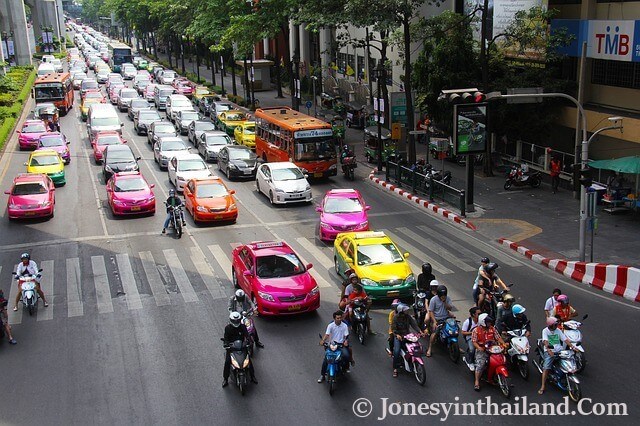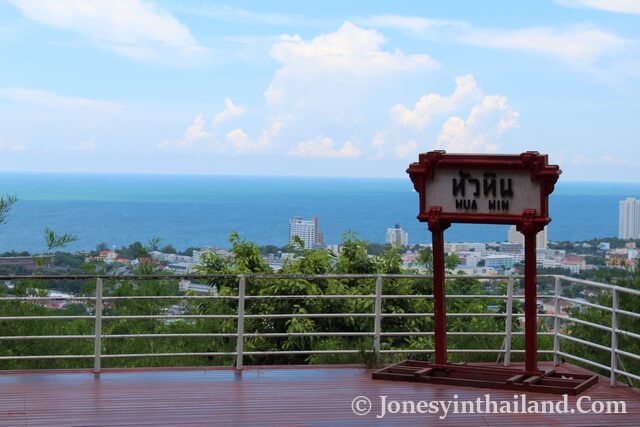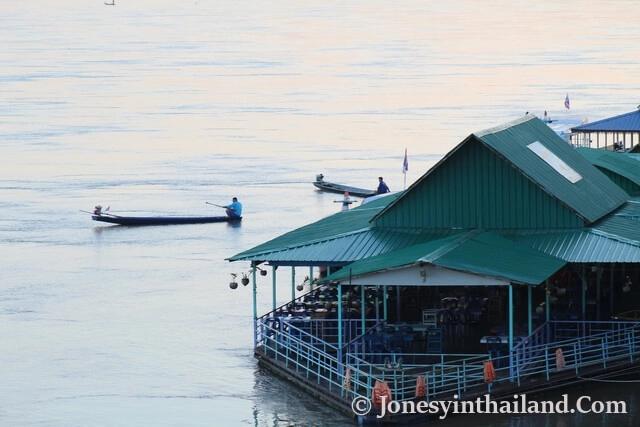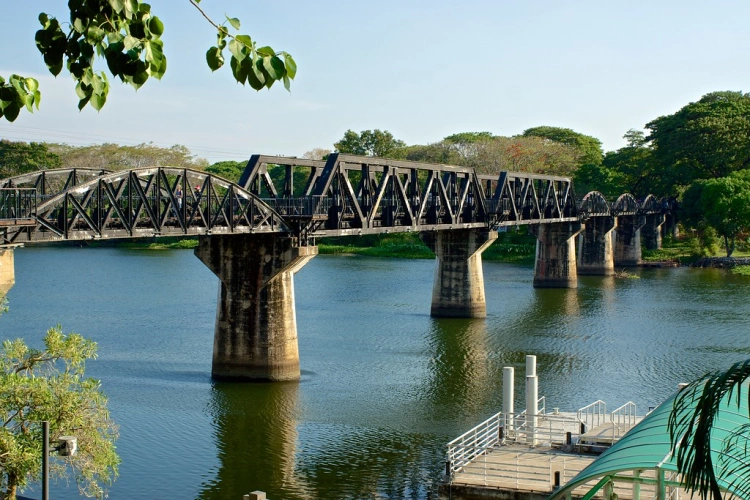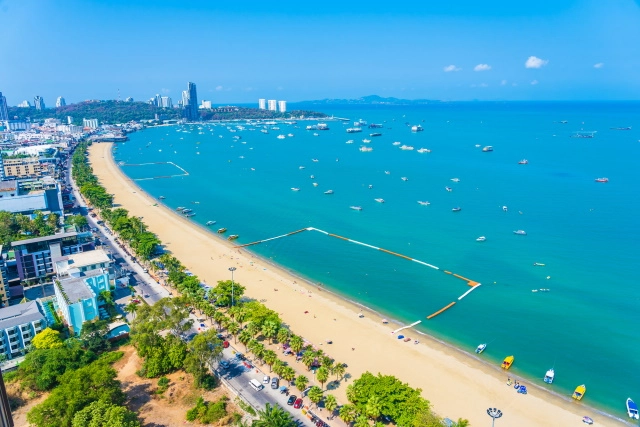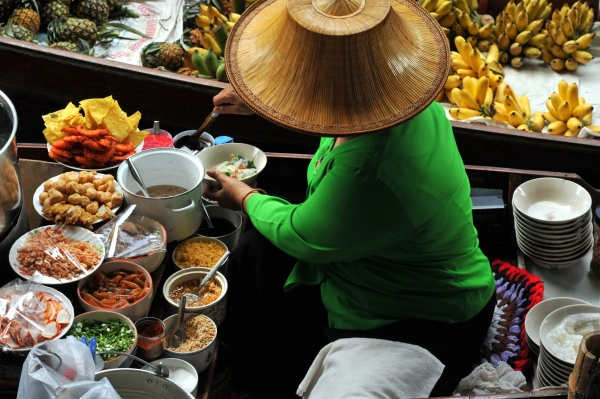Best Bangkok Museums Worth Visiting – Popular for Tourists
What are the best museums to visit in Bangkok? While the museum culture of Thailand is nothing like what we can see and visit in Europe, and other countries, it has a few with there own unique Thai style twist you might wish to visit.
It is probably fair to say that museums won’t always be one of the first things springing to mind for most people when you mention Bangkok. And that seemingly includes a large proportion of those native to this SE Asian capital city.
Any mention of the Thai capital is far more likely to bring to most people’s minds images of traffic jams, food, unrestricted noise pollution levels, both the cheap and the hi-end bars, and bustling street scenes containing all manner of food sellers—not to mention the odd lingering, predatory tuk-tuk nearby.
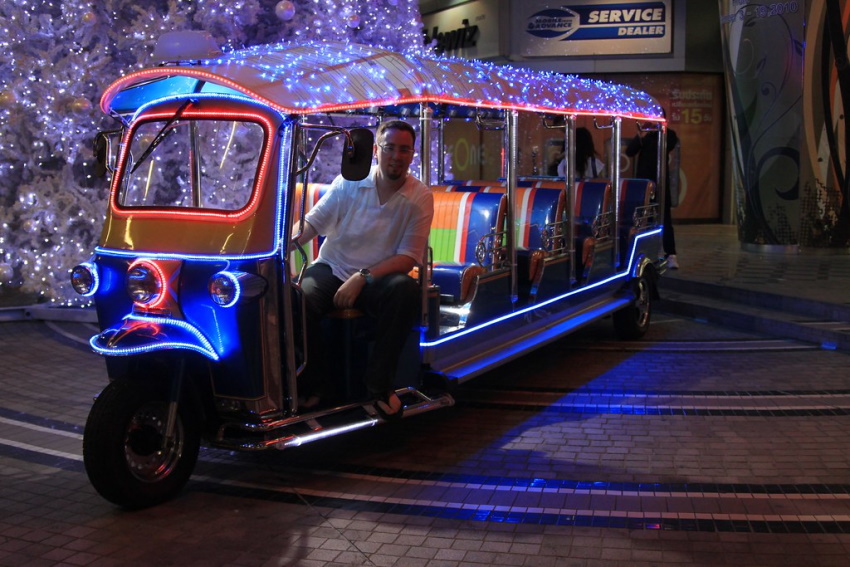
That’s not to say that the city of Bangkok doesn’t contain its fair share of artistic cultural pursuits, but even the majority of locals outside of those who major in architecture might respond with blank looks if you are asking about museums.
On top of that you have the ever-expanding mood of materialism that the Thais embrace so gleefully, egged on by a constant barrage of in-your-face-advertising designed to bludgeon any unwitting smart phone user into an unremitting life of slavery to the coin just to ‘get stuff’—possibly without even the inconvenience of having to move from your sofa.
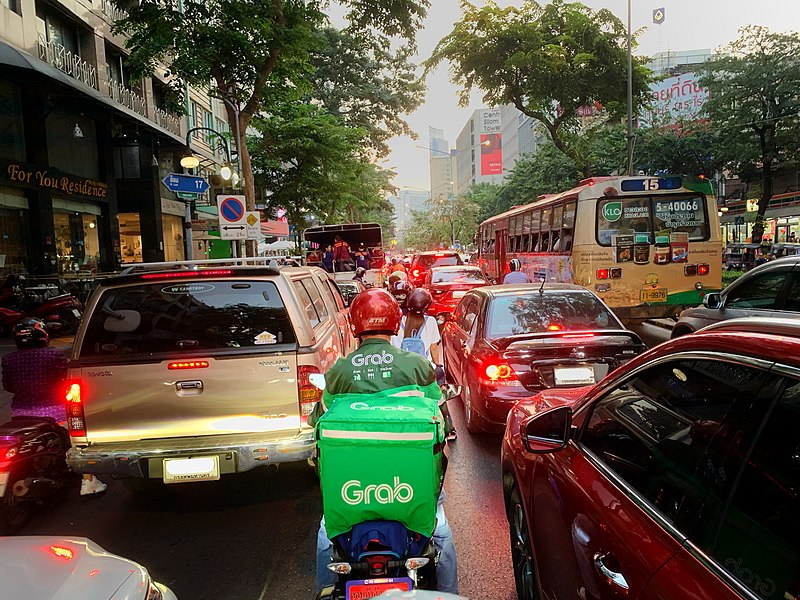
In simple terms, museums are not a major area of concern for your average Thai citizen who knows little about them and cares even less, or believes them to be largely for the hordes of tourists who bear down on the city every year.
And this is certainly true in some respects–but not all. In fact many people are largely unaware of some of the amazing treasures and historical gems held within some of Bangkok’s top museums.

Admittedly there aren’t that many of them in Bangkok compared to some capital cities—even though some Thai tourism websites would have us believe there are over 100 museums in the city. A lot of it comes down to classification and categorization, take it as you will.
Either way, anyone with a nose for history and culture will soon sniff out and separate the decent heritage museums from the two-a-penny variety often designed with tourism coin in mind.
As it turns out, any discerning art, history and culture buff will be heart-warmed to find some quality museums well worth a visit in Bangkok. These will be appreciated most by anyone looking to go a bit deeper with their observations and forays into the underlying style, history and culture of the region and its people.
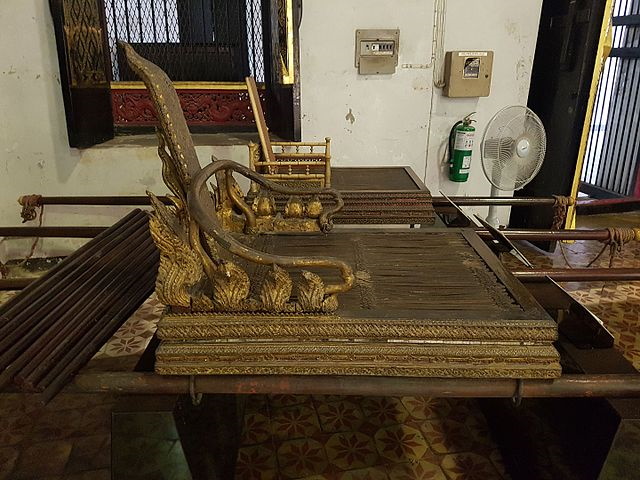
The museums in Bangkok represent bold tales both ancient and modern—although most of those interested enough to know would agree on the impending need for some proper development of this particular aspect of Bangkok’s cultural representations.
One unfortunate downside to the Bangkok museums that do charge entrance fees is the dreaded Thai dual-pricing policy which is still in full effect. Make of this what you will, but when you consider someone from a Western/Middle Eastern or African country will most likely be parting with close to ten times more than a local on museum fees—as well as on national parks and a fair few other channels of expenditure, you might start to question.
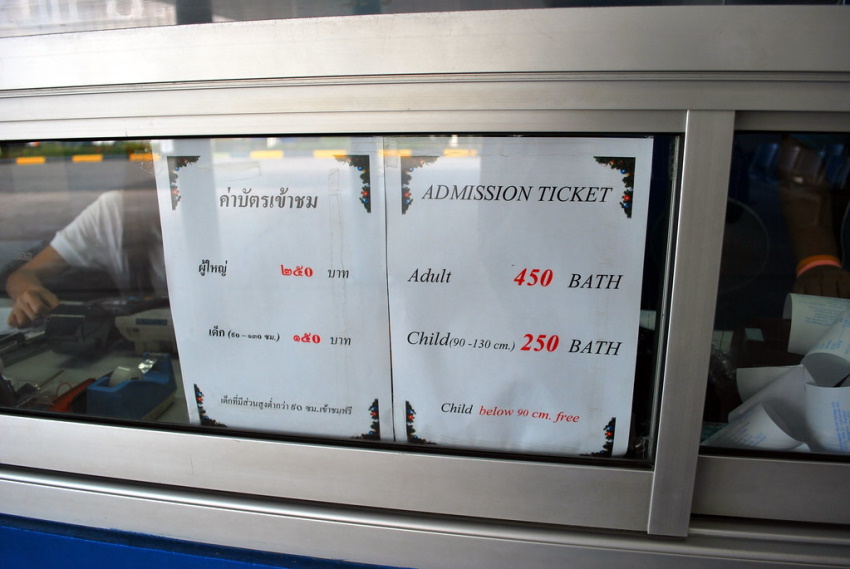
That said, here we are presenting what we believe to be the top museums in Bangkok in the hope that they provide a few decent reference points for interested parties. It may also help to endow visitors past, present, and future with a more well-rounded idea about the Thai capital and culture.
This is clearly not an extensive list and Bangkok is one of those cities whereby the more digging you do the more you will find—although finding 100 museums may be pushing it a bit!
1. Bangkok National Museum
The Bangkok National Museum was founded in the year 1887 by King Rama V about 100 years after the city had been established as the new capital.
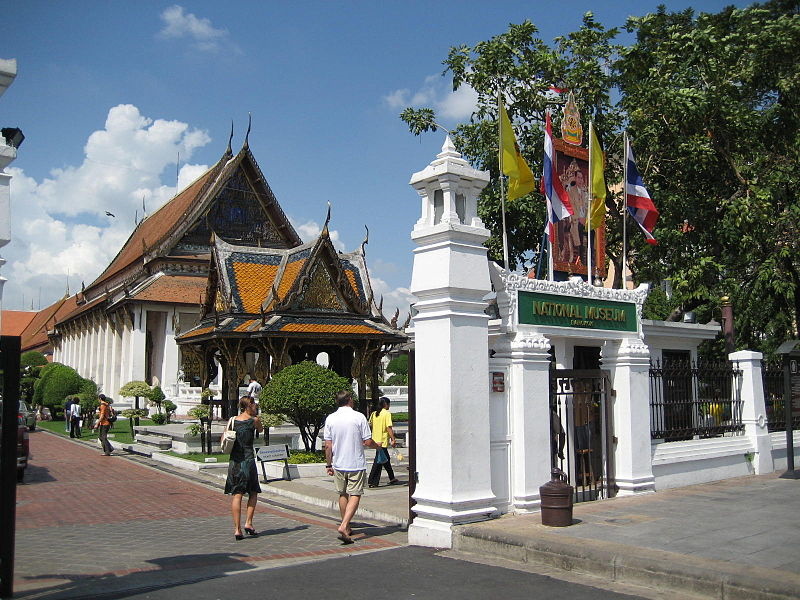
The museum is located in a district called Phra Nakhon, and is housed in what was formerly the 18th-century ‘Wang Na’ (Front Palace) Royal Palace in the district. The museum remains a big tourist attraction and is within easy walking distance of other tourist hot-spots of Thai history and culture such as The Grand Palace and Wat Pho.
The Bangkok National Museum is quite close to one of the city’s prestigious universities, Thammasat, which is useful as it is operated and directed by the Department of Fine Arts there.
There are a total of 12 halls in The Bangkok National Museum and some of them feature multimedia displays in English. Prime examples of revered artefacts and other exhibits include relics from King Rama IV Sukhothai and Rattanakosin period-reigns.
The Archeological and Art History collection houses items ranging in approximate date between Thailand’s prehistoric periods (Sukhothai and Ayutthaya) to the modern Thai Kingdom as we know it today.
This Bangkok museum houses various historic artefacts, many of which are related to royalty such as those involved in the display in the Funeral Chariot Hall. The exhibits and displays in this area feature carriages used for royal cremation ceremonies.
Free tours are available in various languages such as English, German, French and Japanese, but it is best to check the schedules first and consider booking.
ADDRESS: Bangkok National Museum, 4 Na Phra That Rd., Borom Maha Ratchawang, Phra Nakhon, Bangkok 10200
MAP – See Here
TEL: 02 224 1402
WEBSITE: http://www.finearts.go.th/museumbangkok/
EMAIL: national.museum.bkk@gmail.com
HOURS: Wed-Sun 9am-4pm (closed on Mon-Tue)
2. The Siam Museum
The concept of ‘Museum Touring’ is what this Bangkok museum is interested in putting across. The Siam Museum is otherwise known as the Discovery Museum and is one of the heritage centres in the Thai capital keen to stay relevant in the modern world and is thus geared towards creating a new experience.
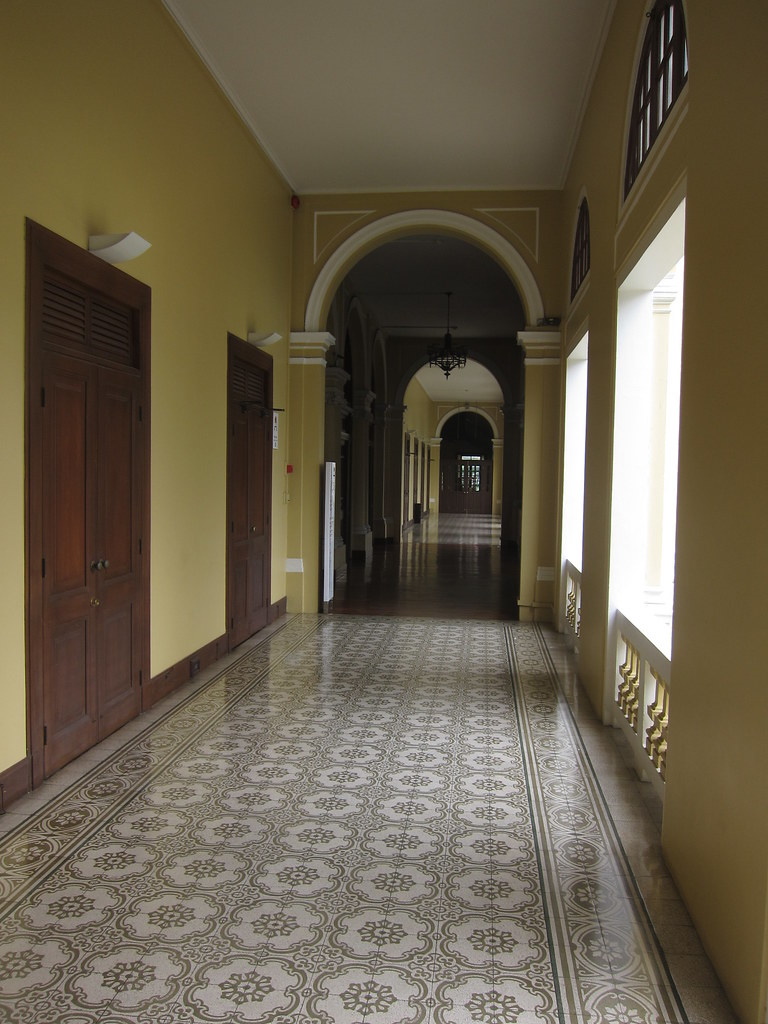
As it turns out, Siam Discovery Museum was the first ‘learning museum’ in Thailand, first opened on the 2nd of April, 2008. Back then it was shooting to establish itself as something of a model in terms of also being a modern-day learning centre.
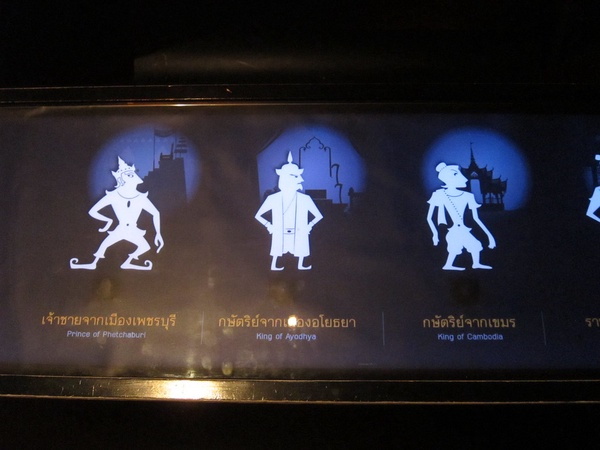
By presenting certain elements of Thai stories from the past to modern-day audiences using a combination of media and other modern technology, the museum believes that it will help progress and enhance the usual Thai ideas and attitudes towards education.
The Siam Museum offers younger visitors the opportunity to learn about Thai history in a creative manner, through the 3 various parts of the complex which include a permanent exhibition, rotating exhibitions and creative learning activities exhibitions.
ADDRESS: Bangkok Siam Museum, 4 Sanam Chai Road, Phra Borom, Ratchawang, Phra Nakhon District, Bangkok.
MAP – See Here
TEL: 02 225 2777
WEBSITE: https://www.museumsiam.org/
HOURS: Tuesday-Sunday (Closed Mon) 10.00 am – 6.00 pm
3. The National Museum of Royal Thai Barges
A bit of background information might be called for here as something of a pre-introduction to the museum itself.
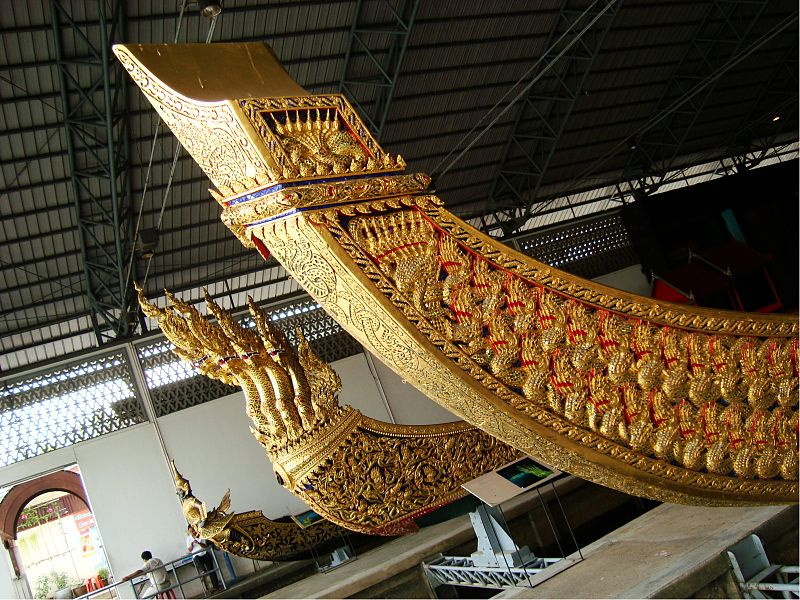
The Royal Barge Procession
Due to its location across and beyond the banks of the city, the river has always played a crucial role in terms of transportation in Thailand. The Royal Barge Procession is a ceremony which began over 700 years ago, and carries both religious and royal significance.
This is an impressive showcase of the traditional, organic, Thai craftsmanship and art that often represents significant cultural and religious occasions in the country.
The history of the barges goes back to the Ayutthaya period when the royal barges were used for a wide range of activities including: major religious occasions, the receipt and transportation of visiting foreign delegations, boat races, royal ceremonies–and battles–although river warfare was more common back then than sea battles.

The barges apparently didn’t fare too well though–in fact most were burnt and destroyed after the fall of Ayutthaya in the late 1700s.
King Rama I, however, upon ascending the throne and establishing the new capital, decided to revive the tradition and thus ordered the construction of new barges. These too eventually fell into disrepair and various other stages of abandonment, especially after the bombings of the Second World War had inflicted extensive damage.
It wasn’t until King Bhumibol Adulyadej (1946-2016) decided upon a full restoration project involving the war-damaged vessels. The Fine Arts Department took this to task in 1949 as part of the Thai cultural heritage preservation program.
The Royal Barge Procession today is comprised of 52 barges in all, with 51 of these being historical and one being a Royal Barge, the Narai Song Suban, which was ordered by the late King Rama IX in 1994. It is the only barge built during His Majesty’s reign.
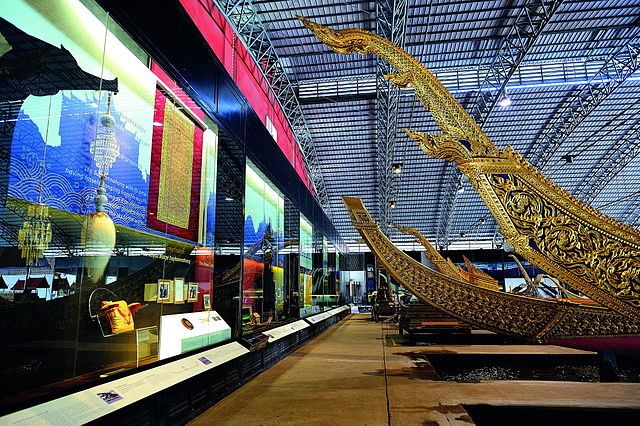
The Royal Barge Procession initially starts out along the Chao Phraya River from the Wasukri Royal Landing Place in Dusit District, passing the Temple of the Emerald Buddha–the Grand Palace, and Wat Pho before eventually arriving at the famed ‘Temple of Dawn’, Wat Arun.
The Museum
Today, the museum itself is under the care of the Royal Thai Navy along with the Royal Household. The dock where the barges are kept became the National Museum of Royal Barges after extensive repairs had been completed in the early 70s.

Once inside the museum, visitors are required to pay admission fees along with any other required permit fees (like a camera permit, for instance). All the walls along the interior of the building are covered with various objects that might be of interest such as photographs and illustrations, preserved original decoration pieces, remains of previous vessels; the operating techniques for the barges can also be read from these walls.
The museum houses eight principal vessels from the 52 barges used for the procession. Each vessel is exquisitely carved in that inimitable Thai style, with teak wood and engraved prows along which gilded mythical creatures rise as figureheads.al Barge
A specific figurehead is assigned to each barge. The Royal Barge, the Narai Song Suban (Rama IX), has a mounted Vishnu God holding the mythical nagas as a figurehead. This particular barge requires more than 50 oarsmen to power it through the waters.

The Royal Barge Anantanagaraj, is another example of magnificence. Resplendent with its seven-headed, gold-lacquered, glass, ornamental nagas, this masterpiece requires 54 oarsmen and 2 steersmen in the water.
The other barges feature similar, mythical decoration and adornment by way of painted nagas and such like along with Hanuman, represented on the smaller Krabi Prab Muang Marn, as a white monkey god with a gold finish and glass as a figurehead.

Then there is the Asura Vayupak Barge, complete with an ogre-faced bird as a figurehead requires, and the Royal Barge Suphannahong, a majestic 50-metre long affair–carved from a single piece of teak wood! This barge has a golden swan as its figurehead, and is considered to be the King’s barge. On special occasions, the barge requires more than 50 specially trained oarsmen, along with almost twenty other additional crew members to operate.
ADDRESS: National Museum of Royal Barges, 80/1 Rim Khlong Bangkok Noi, Arun Amarin Road, Bangkok
MAP: See Here
HOURS: 9am-5pm
TEL: 02 424 0004
NOTE: The possibility may always exist that the barges are not in the museum during some periods during preparation for significant special ceremonies.
4. Madame Tussauds
A foray into local museums in any city wouldn’t be complete entirely without at least some reference to a Madame Tussauds. And yes! It is here – Bangkok Madame Tussauds, which features some of the modern era’s most famous faces as well as a few classic figures from history.
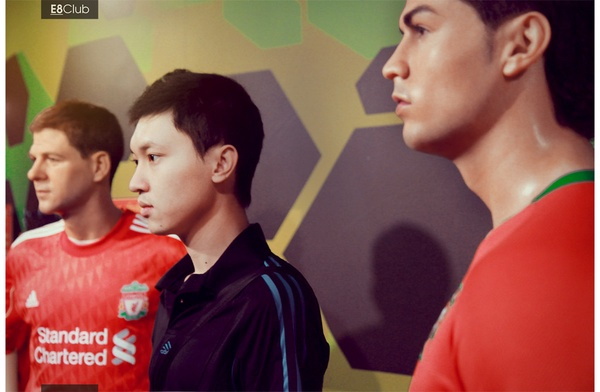
This household name in museum experiences still attracts thousands of visitors each year. This is a chance to encounter a few of the more regional personalities for the first time, along with some of the main players in Hollywood, science, sports, and politics.

Tickets are not cheap at over the 500 baht mark, and the recommended duration is only 30 minutes–so you’d have to decide on the value factor according to your own situation and requirements.
ADDRESS: Madam Tussards, 989 Rama 1 6th Floor, Siam Discovery Shopping Centre, Bangkok 10300 Thailand
MAP: See Here
HOURS: 10 am – 9 pm
TEL: +66 2 658 0060
WEBSITE: https://www.madametussauds.com/Bangkok/en/
5. Jim Thompson’s House
Jim Thompson is best-known in Thailand as the 1950s American businessman who had a hand in the revival of the Thai silk trade. What is now one of Bangkok’s most well-known museums is the former house of the late Mr. Thompson, who seemingly disappeared without trace during a material-sourcing trip in the late 1960s.
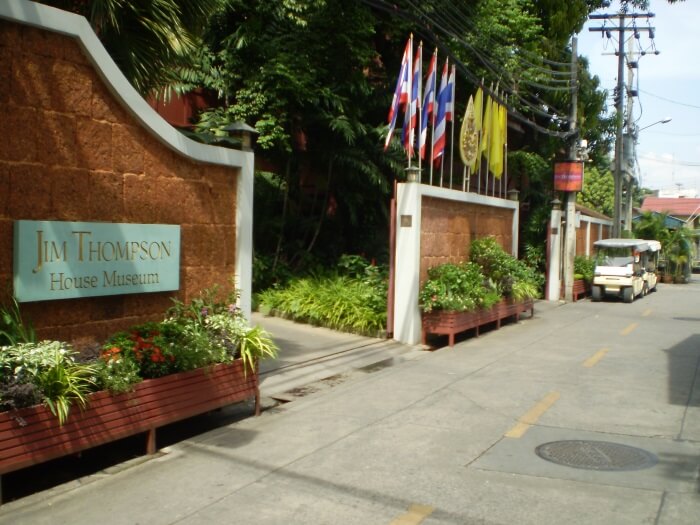
The compound close to the banks of the Saen Saeb Canal is surrounded by a lovely garden and comprises 6 traditional Thai teakwood houses in total, all of which were imported from Ayutthaya and the Ban Krua Silk Village.
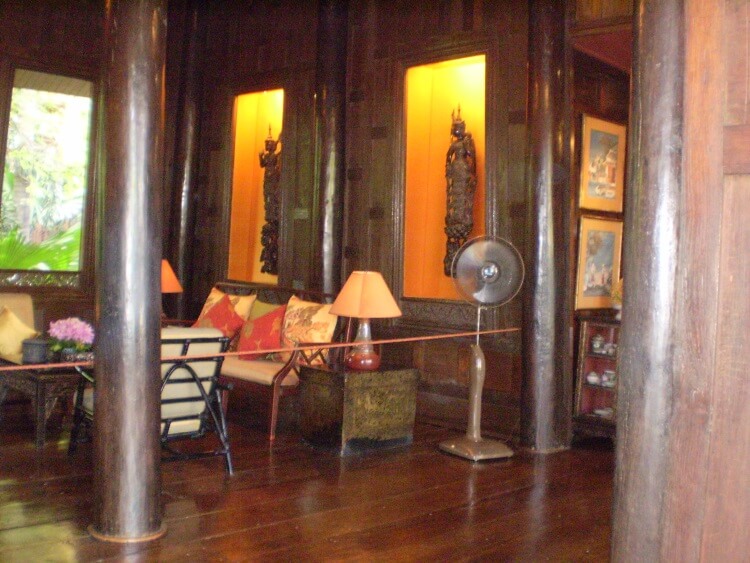
Not only does the museum exhibit some of Thompson’s exquisite Thai silk collection, but he was also a collector of antique and unique ancient artifacts like sculptures and other pieces which are all displayed in the house.
– Read More About Visiting The Jim Thompson House Here
ADDRESS: Jim Thompson House, 6 Soi Kasemsan 2, Rama 1 Road, Wang Mai, Pathumwan, Bangkok 10330, Thailand.
MAP: See Here
HOURS: Daily from 9 am to 6 pm
TEL: +66 (0)2 216 7368
6. The Erawan Museum
The Erawan Museum in Samut Prakan, just outside of Bangkok, is exactly the kind of museum you would expect to find in Asia if you had an imagination. It certainly cuts an impressive figure against the skyline at certain times of the day with its huge, 3-headed elephant looming from overhead.
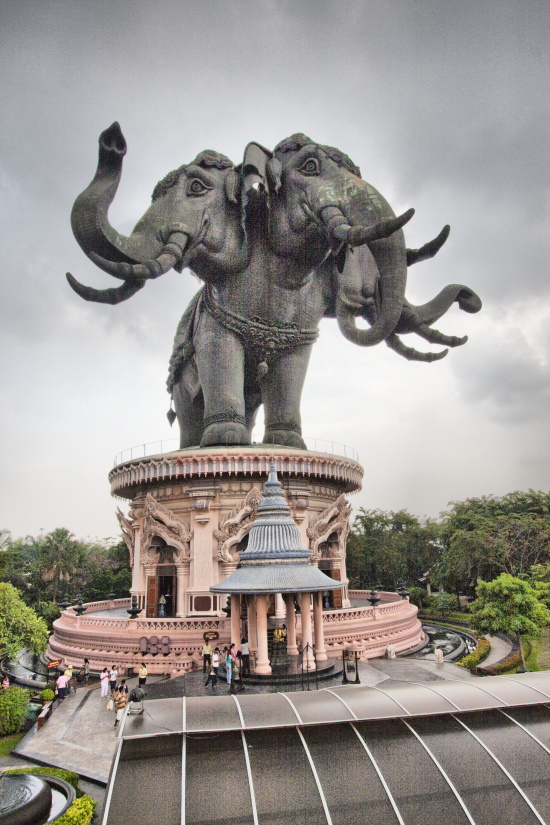
The museum itself is housed inside what looks like a gargantuan statue of an elephant, although the 29-metre high structure is actually cast in pure copper.
The Erawan Museum Bangkok contains 3 different levels, each representative of different realms presented in Hindu and some Buddhist mystical traditions. These are namely the underworld, the earth, and heaven, and each floor of the museum is resplendent with rare eastern antiques set amidst religious iconography, with a distinctly psychedelic backdrop.
ADDRESS: Erawan Museum, 99 Bang Muang Mai, Samut Prakan 10270, Thailand
MAP: See Here
HOURS: Daily from 9 am to 7 pm
TEL: +66 (0)2 371 3135
7. The Bangkokian Museum – Folk Museum
The owner of the house that is now a famous museum in Bangkok–although a slightly quirky one–decided to give her house to the city.
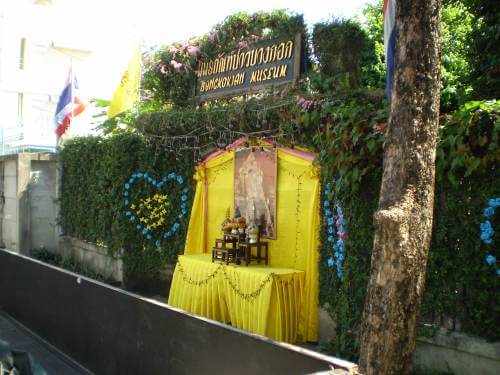
Why would anyone do that exactly? Well this was done in the spirit of the community so that the award-winning classical Thai architecture and history of the house dates back to the 1800s and 1900s. Along with various possessions and artefacts deemed important from decades past can be shared and exhibited, this building is known today as the Bangkok Folk Museum.
The former professor actually lived in the museum until her death, at one point earning it the term ‘living museum’. If you are one of those cynics wondering why anyone’s house would be of so much interest, there are various things to consider about this lush former residence in Bangkok. Its architecture is historically unique, not to mention well-preserved.
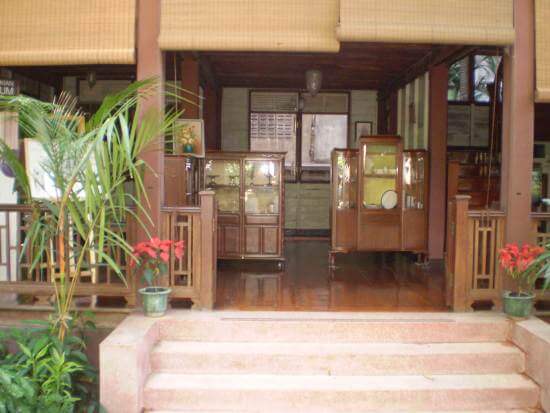
On top of that is its location. Whether by design or pure luck, the ‘Bangkok Folk Museum’ as it is also known is nestled within the Creative District—the recently invigorated, newly-burgeoning and trendy, old-but-new section of the city that seems to get more interesting every year.
Like many buildings in the area the house was almost leveled at one point to make way for apartment blocks, but it survived, and money was even raised to buy the land around it. The simple house has a rich history and to many, it tells a powerful tale of community spirit.
Stepping inside the museum will give you a feeling of going back in time to witness Bangkokian life from decades ago frozen. The house contains the original furniture and belongings of the owner, and for some reason this place is held dearly in the hearts of the locals who did their utmost to see that it was preserved and are proud of it today.
– Read More About What To Expect When Visiting The Bangkokian Museum Here

Mark Philip is a writer and lifestyle enthusiast from the Midlands in the U.K. With a background in martial arts and fitness, Mark upped sticks and headed out to Bangkok to delve a bit deeper into the art of Thai Boxing way back in the 2000s, starting to write initially to fund his daily training and escape the rigours of ESL teaching. Since then Mark has authored e-books, articles, and blogs across a wide range of topics for commercial, educational, factual, health & fitness, lifestyle, wellness, and leisure-based purposes.
Related Articles
- Things to Do in Bangkok in 3 Days
- Where to Stay in Bangkok? – Best Areas for Travelers
- Sukhumvit Soi 11 – Worth Staying or Visiting?
- Bangkok Parks and Gardens for Relaxing, Activities & Nature
- Bangkok Transport Guide – Getting Around Easily & Conveniently
- Bangkok Taxis Guide and Types of Taxi Services Available

